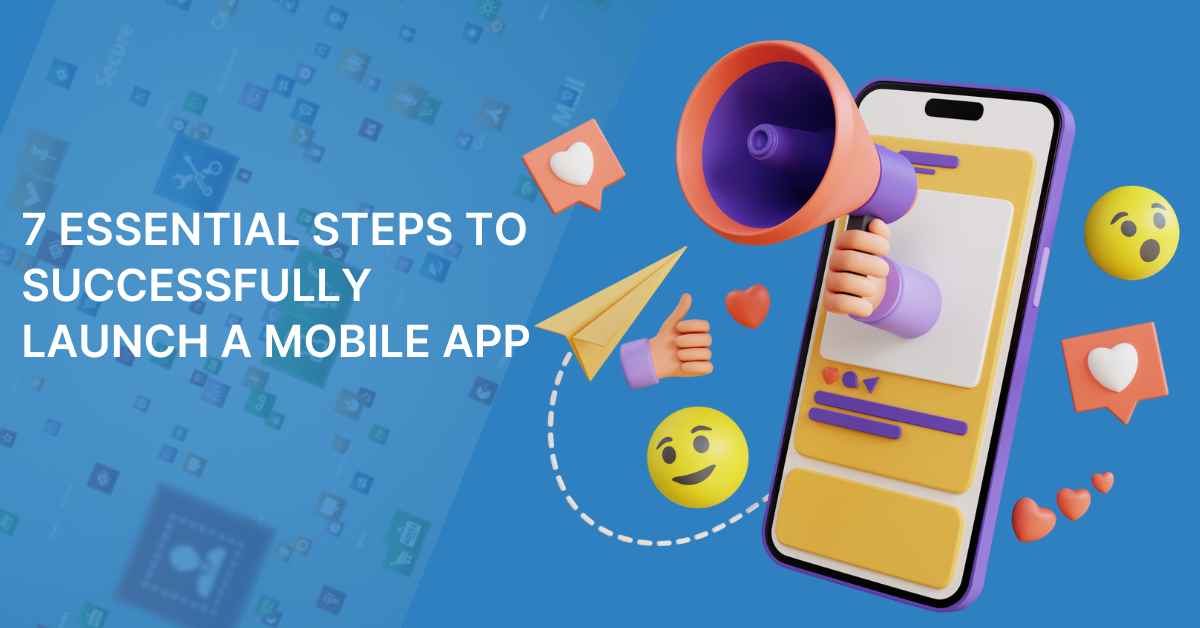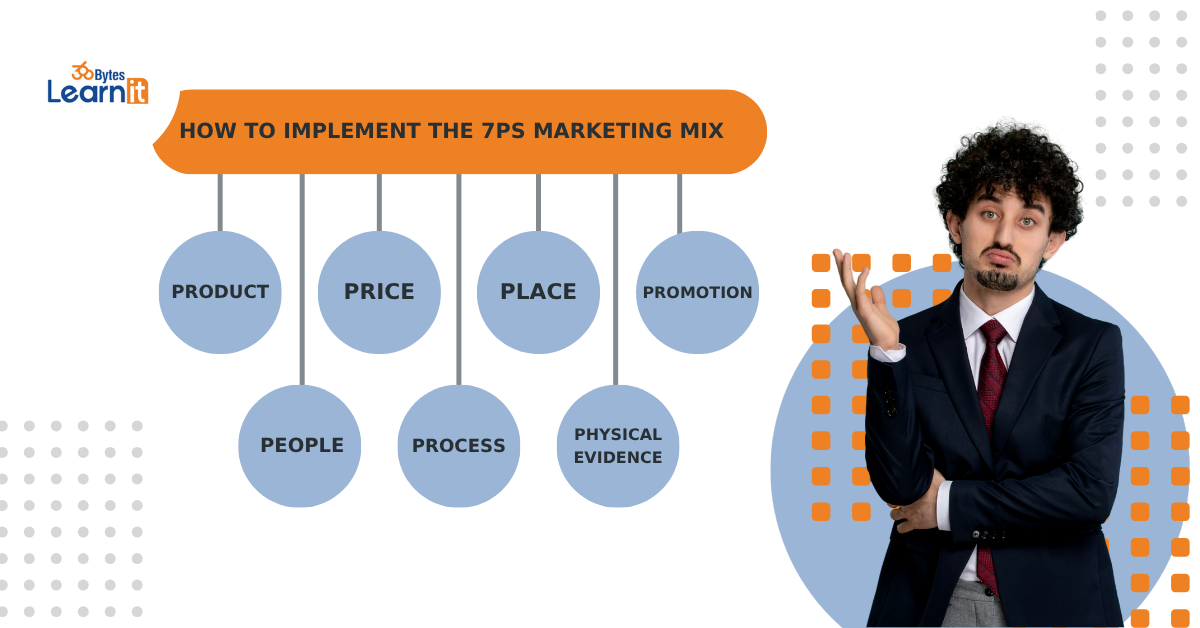
 5-Aug-2024
5-Aug-2024
Are you about to launch a new mobile app? To avoid costly delays and ensure a successful rollout, follow these seven essential steps
Before embarking on your mobile app journey, it’s crucial to establish clear objectives. These objectives will guide your decisions regarding feature inclusion, business model selection, and effective app marketing strategies.
Additionally, delve into user research to define your app’s parameters. By understanding your target audience, you’ll be better equipped to design an app that resonates with their preferences and needs.
Explore various user research methods, such as conducting interviews, administering surveys, and creating target audience personas. Continuously refine your understanding of what your audience seeks, using the gathered data as the foundation for your app planning process.
Once you’ve completed your user research and gained a clear understanding of your users, it’s time to define your target audience. It’s crucial to narrow down the specific group your app will resonate with. Consider collecting the following data points:
Use this information to create a persona for your ideal user. A persona represents a fictional member of your target audience. Remember, you’re not aiming for perfection; instead, focus on an ideal user who embodies the characteristics of your desired customer. Imperfections and flaws make the persona relatable—unless, of course, your target market is extraterrestrial!
Launching an App: Define Your Objectives & Conduct User Research
Once you’ve completed the preceding steps, it’s time to embark on designing your app’s user experience (UX). The UX encompasses the overall experience users have when interacting with your product. It encompasses how your app looks, feels, and sounds during use. A well-crafted UX contributes to the addictive nature of some apps.
Ensure that your app’s UX is seamless, intuitive, enjoyable, and user-friendly. When designing the UX, consider the following factors:
Design your UX with your target audience and ideal persona in mind. Address their needs and solve their problems effectively. Stay informed about industry trends and innovations to remain competitive.
Think beyond conventional approaches and explore emerging technologies. For instance, consider integrating speech recognition—a valuable feature for sales support, accessibility, or compatibility with smart assistants. Alternatively, embrace the AI trend to elevate your user experience.
As you design the UX of your app, it’s essential to simultaneously develop the UI. The UI encompasses the visual elements—buttons, images, fonts, and colors—within your app. Consistency between the UI and UX is critical since users interact with both components.
Ensure that your UI is intuitive, user-friendly, and aligned with your overall brand identity. Designing the app’s UI with your target audience in mind enhances functionality and visual appeal.
Ask yourself the following questions to ensure effective UI design:
Consider factors like UI scale, color palette, and font choices. Tailor these elements to your target audience, especially when prioritizing accessibility in your app design
While your app is in development and you have a reasonably accurate completion timeline, begin creating marketing buzz for your app. Set a launch date and initiate pre-launch marketing. This way, you’ll have early adopters eagerly awaiting your app on launch day.
Pre-launch marketing can be straightforward, although some find it challenging due to limited available information about the app during this stage. However, you can turn this situation to your advantage.
During the app development phase, it’s crucial to thoroughly test every aspect. Ensure your app is ready for its launch date and meets user needs. The best approach is user testing.
Conduct user testing early to address any necessary changes before release. Avoid discovering issues too late, which could delay your launch.
A common method is A/B testing, comparing two versions to determine performance. Test app functionality, UI, usability, and overall usefulness across different devices—mobile phones, tablets, and more.
Before releasing your app, ensure that you’ve addressed all aspects of your pre-launch checklist. This will help confirm that there are no mistakes and that you’re fully prepared for the app launch.
If your answer to all these questions is a resounding “Yes!”—congratulations! You’re well-prepared for launch. If any key steps are missing, take the time to address them before unveiling your app. Starting strong will help attract and retain users.
Finally, it’s time to launch! (Feel free to play David Bowie’s ‘Space Oddity’ during this phase.)
Having followed all the steps for a successful app launch, now it’s essential to gauge user feedback. As your app goes live, monitor its usage frequency, peak login times, and user reviews. This data will help you identify areas for improvement and enhance your app further. Utilize tools like Google Analytics and App Reviews to gain valuable insights.
Launching an app can be stressful without the right assistance. When you partner with a reliable team, you can leave the intricacies of UX design and user testing to the experts.
We handle the pre-launch checklist for you. We ensures your mobile app project starts on the right foot. Through a comprehensive process that defines your app’s target audience and brings your vision to life, we guide you from the initial steps to a successful launch.
To begin with an experienced and organized partner, schedule a free consultation. We’re eager to learn more about your mobile app aspirations and help you turn them into reality.


27-Jun-2025


24-Jun-2025


2-Dec-2024